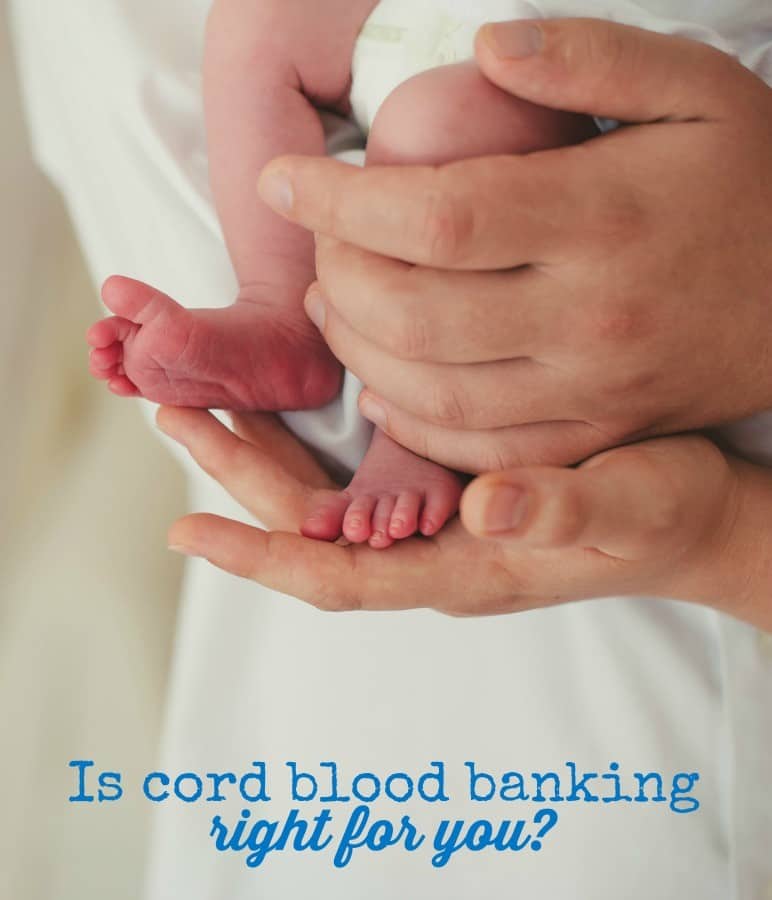Cord Blood Banking:
Cord Blood Collection:
Cord blood is the blood collected from the umbilical wire and placenta after childbirth.

The collection course of is non-invasive and occurs after the child is born and the umbilical twine is clamped and reduce.
Processing and Storage:
The collected wire blood is processed to isolate and retailer the stem cells it accommodates.
Cord blood incorporates hematopoietic stem cells, which may develop into numerous blood cells and are used in the therapy of certain ailments like leukemia and other blood problems.
The processed wire blood is then cryogenically preserved and saved in specialized amenities for long-term storage.
Medical Applications:
Cord blood stem cells can be utilized in hematopoietic stem cell transplantation, notably for sufferers with certain genetic problems, cancers, and blood-related illnesses.
Private vs. Public Cord Blood Banks:
Private twine blood banks retailer cord blood for the unique use of the infant and their household.
Public wire blood banks gather and retailer twine blood for public use, making it available to anyone in want.
Tissue Banking:
Tissue banking entails the gathering and preservation of various tissues for potential medical use. This can embody:
Sperm and Egg Banking:
Sperm and egg banks retailer reproductive cells for fertility preservation.
Individuals dealing with medical therapies which will impression their fertility, such as chemotherapy, may choose to bank sperm or eggs for future use.
Bone and Connective Tissue Banking:
Bone and connective tissues, such as tendons and ligaments, can be harvested from donors and preserved for use in orthopedic and reconstructive surgeries.
Cornea and Eye Tissue Banking:
The corneas of deceased donors could be preserved and used for corneal transplants to restore vision.
Skin Tissue Banking:
Skin tissue can be donated, processed, and stored for use in grafts for burn victims or people with severe pores and skin injuries.
Discover more :
Heart valves could be recovered from donors and preserved for use in valve substitute surgeries.
Umbilical Cord Tissue Banking:
In addition to cord blood, the tissue from the umbilical cord itself contains a unique type of stem cell. This tissue might have potential therapeutic applications and can also be being banked by some amenities.
Both twine blood banking and tissue banking present useful assets for medical treatments, analysis, and future therapies. They supply options for people and families to preserve organic supplies that will have medical significance down the line, whether for their very own use or for the profit of others in want..
